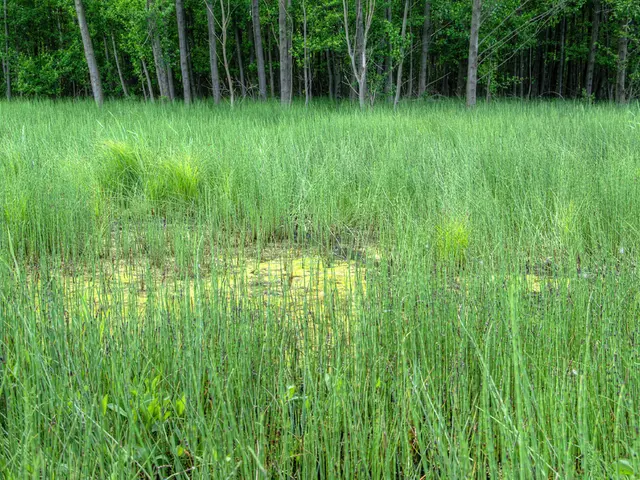Title: First Human Death Due to Avian Flu H5N1 Outbreak in Louisiana, USA
A patient, over the age of 65 with pre-existing medical conditions, tragically passed away in the U.S., marking the first reported human fatality due to bird flu (H5N1) since concerns over the virus's transmission emerged in early 2024. According to the Louisiana Department of Health, the patient contracted the virus after coming into contact with a combination of a non-commercial backyard flock and wild birds.
The good news is that human-to-human transmission of bird flu isn't evidenced anywhere globally, and authorities believe the deceased patient did not infect anyone else. However, the possibility of the virus mutating to enable human-to-human transmission has been a concern for several months.
The Louisiana Department of Health reached out to express their condolences to the family and friends of the deceased. To protect people from getting sick, the health department advises following precautions such as cooking meat and poultry properly, avoiding raw milk and cheese, and maintaining a safe distance from sick or dead animals.
The CDC's online bird flu tracker indicates that 10 states in the U.S. have reported known human cases of bird flu. California, with understaffed testing facilities, has the highest number of cases. Currently, there are additional probable cases in Washington, Arizona, California, and Delaware, still awaiting confirmation.
Countries like Finland have started vaccinating farmworkers against bird flu, whereas the US federal government has yet to introduce a strategy for vaccinating farmworkers. The lack of a response from the U.S. authorities is disheartening, especially given the chaos surrounding the handling of the last pandemic.
This tragic incident wasn't the first of its kind. Back in May 2024, Mexico reported a death of a patient with no known exposure to farm animals, which shared similarities to the Louisiana case, including underlying medical conditions.
In response to the outbreak, the CDC has issued guidelines for workers and employers, emphasizing the importance of engineering and administrative controls, PPE use, and testing to minimize the risk of infection. The federal government has stockpiled H5N1 vaccines, with future plans for immunizing high-risk populations, including farmworkers. However, the implementation of these plans is still pending.
The development of new scientific research and technological advancements is crucial in tackling the potential mutation of bird flu, ensuring a healthier future for all. In light of the ongoing concerns, investing in vaccination strategies for high-risk populations, such as farmworkers, becomes paramount.









